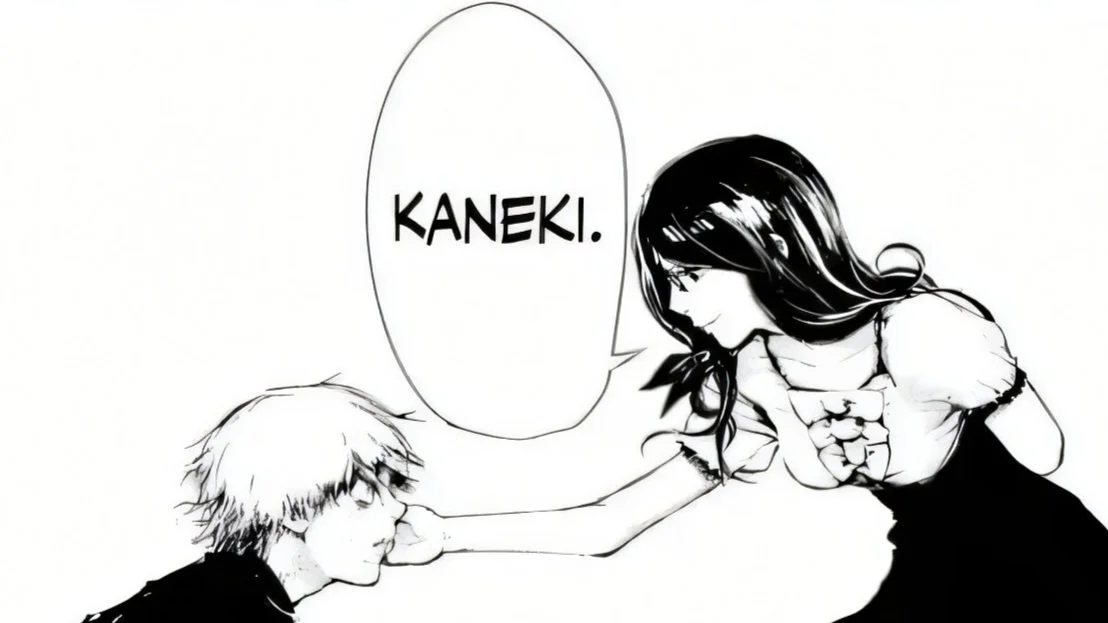Why So Many Anime Fans Relate to Kaneki - And What That Says About Your Pain
Ken Kaneki’s journey in Tokyo Ghoul mirrors real struggles with trauma, identity, and inner conflict. If you’ve ever felt like him, you are not alone.
You Start Soft. Then the World Breaks You.
Kaneki didn’t ask for this. You didn’t either.
At the start of Tokyo Ghoul, he’s kind, quiet, trying to be good. His mother taught him to endure pain, not inflict it. So he does… until it destroys him.
If you’ve lived your life trying not to hurt others while absorbing everything yourself, you already know this story. You’ve already played this role.
"You didn’t choose the fracture - but you can choose how to live with it."
-
Ken Kaneki is the protagonist of Tokyo Ghoul, a university student turned half-ghoul after a life-saving organ transplant. Struggling between his human past and monstrous present, his story explores trauma, identity fragmentation, and survival through transformation.
When You Say “I Don’t Feel Like Myself Anymore”
Becoming a ghoul wasn’t Kaneki’s choice. The surgery didn’t just change his body, it fractured his identity. He didn’t belong to the human world anymore. But he wasn’t fully a monster either.
That’s what trauma does: it divides. You become someone else to survive. But surviving isn’t the same as healing.
The Hallucination Isn’t Just Horror. It’s Psychology
When Yamori tortures Kaneki, the pain sends him inward. He sees Rize: seductive, mocking, maternal. She becomes his hallucinated guide.
This isn’t random. It’s dissociation. The psyche’s last defense when reality becomes unbearable.
And it’s not just anime drama. It’s textbook trauma response.
Rize Is the Shadow You Fear – and Need
Jung called it the shadow: the parts of yourself you bury because they’re inconvenient, shameful, or dangerous.
Repression turns you into your own ghost.
For Kaneki, Rize is the hunger, the rage, the will to survive. He represses her. She haunts him. Only when he accepts her (literally devours her in the dream) does he reclaim his power.
"The shadow you fear might be the part of you that saves your life."
Power Fantasies Are Just Coping Mechanisms in Drag
When Kaneki finally snaps, fans cheer. He fights back. He becomes terrifying.
But fantasy power isn't freedom.
In real life, power fantasies without integration deepen your suffering. They isolate you. They harden you. They trap you in the same cycle: hurt or be hurt.
Therapy isn’t about suppressing your darkness. It’s about giving it shape, language, and direction.
If You Relate to Kaneki, Read This Twice
- You’re not broken. You adapted.
- You’re not weird. You’re hurting.
- You’re not alone. You’re just further into your own story than you realized.
Kaneki didn’t heal through violence. He healed through awareness, through confrontation with self.
What Therapy Can Offer (That Anime Can’t)
Anime can show you the pain. It can make you feel seen.
But therapy helps you change the script.
Take off the mask. Reconnect with the self.
It’s the place where your mask can come off. Where your split self can speak. Where you don’t have to be either monster or martyr: you can just be human.
Ready to Start Your Own Arc?
If Kaneki’s story feels personal, maybe it’s time to start your own transformation.
You don’t have to relive your origin story. You can begin your next chapter.
Want to explore therapy options in Prague and available worldwide? Visit studiotherapeia.com.
Book your first consultation today.


